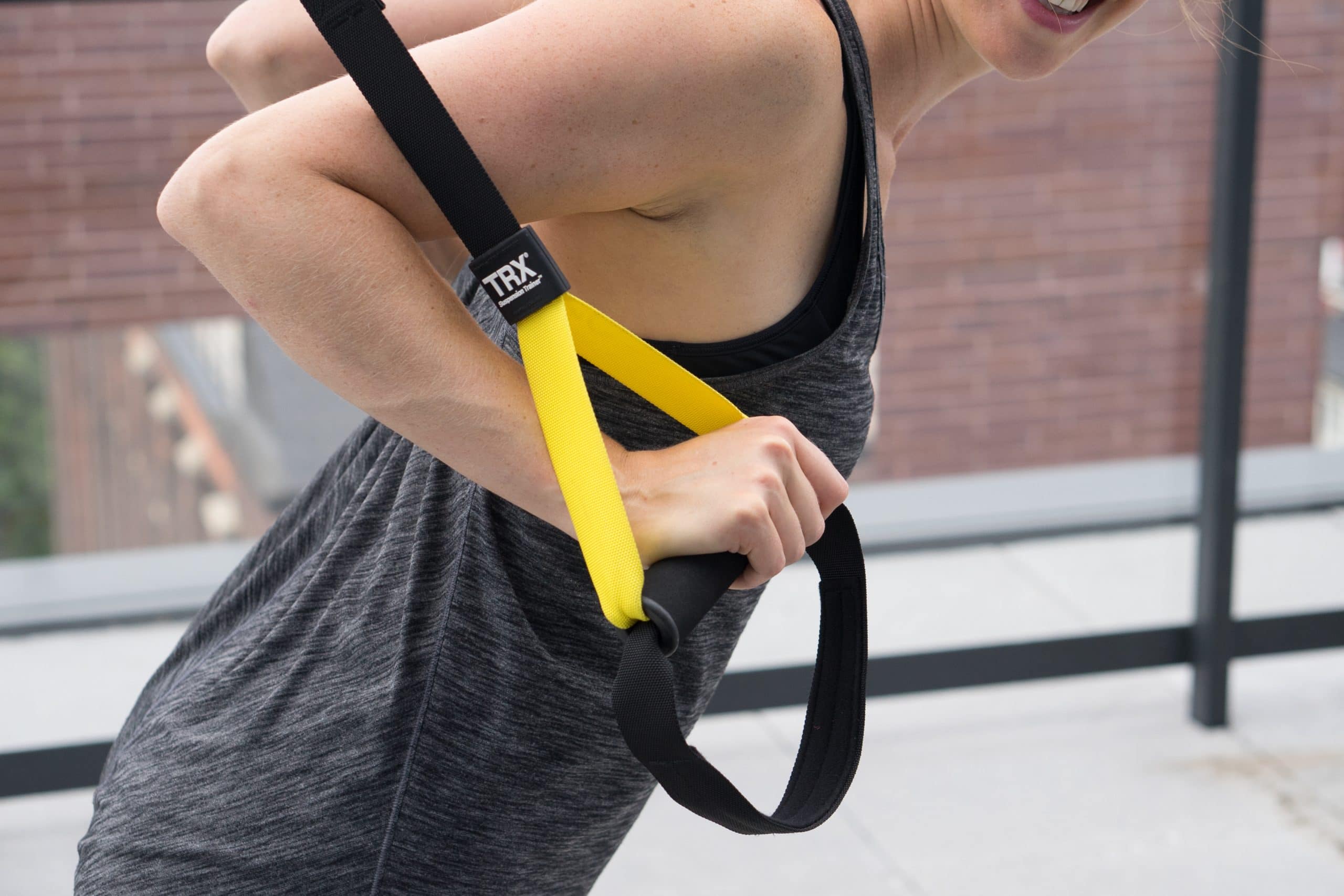
March 23rd, 2018
Movement for Mamas (and Mamas to be)
Training for (and recovering from) Childbirth
Pregnancy and the postpartum period have very specific needs when it comes to movement. It’s important that you are doing the right things to prepare for and recover from birth.
Pregnancy is about 40 weeks of growing a tiny human, and during that 40 weeks you will be training for the toughest physical feat you will ever ensure. I like to compare childbirth to a marathon. You wouldn’t put on a pair of runners and run 40km out of the blue. You would train progressively to get your body in the right condition to run that marathon safely and effectively (otherwise, you would likely not finish the marathon, or finish with some serious joint pain). We need to think of childbirth in much the same way. With no preparation, you will likely have a very hard time with labour and childbirth. We need to use those 40 weeks to train properly to prepare for the strength and endurance that you will need for the day your baby is ready to make his or her debut in the world!
Conversely, after the initial 6-8 weeks of rest and recovery post birth (and clearance from your OB/Midwife AND your pelvic floor physiotherapist), it’s important to use exercise to help your body fully recover from almost a year of constant change, and the complications/conditions that childbirth may have created (i.e. diastasis recti, incontinence, prolapse)
So let’s start with a basic list of things to consider for both time periods.
Prenatal Training
- maintaining strength (full body strength)
- working on stability (especially in the ankles)
- working on mobility (specifically in the hips)
- working on muscular and cardiovascular endurance
- preparing the pelvic floor muscles for birth (learning to contract AND release)
Postpartum Training
- retraining the deep core and pelvic floor (strengthening)
- rebuilding strength (full body, progressively)
- working on stability (especially in the hips)
- Working on mobility (especially in the chest/thoracic region)
- rebuilding muscular and cardiovascular endurance
So what does an ideal training program look like?
- 2-3 strength & endurance workouts per week (always incorporating stability work)
- 1-2 mobility workouts per week (including yoga)
- at least 1 leisure activity per week (a long walk)
- daily deep core breathing exercises focusing on both contracting and relaxing the pelvic floor and deep core
The above can be made specific to both prenatal and postpartum workouts
What should I avoid during pregnancy and postpartum recovery?
- situps and crunches
- excessive twisting
- high impact (sprinting, jumping)
- anything that causes too much pressure on the abdominal wall (many prone/face down exercises like push ups and planks can put a lot of pressure on the core if you’re unable to contain your core against gravity)
Let’s get more specific
Basic strength movements: squats, lunges, deadlifts, pushing/pressing, pulling
Basic endurance movements: increasing pace of movements, rowing, swimming, timed exercises, high repetition
Basic mobility movements: foam rolling, moving joints through circular or dynamic, repetitive movements (i.e. dynamic stretching)
Basic stability movements: single leg deadlifts, mini band side shuffles, weight bearing for shoulder stability, core stability exercises
Pelvic floor & core exercises: deep core breathing, deep core breathing incorporated into dynamic movements.
Putting It All Together
So now you know how to plan your week and what exercises to include in your workouts and what exercises to avoid. The tricky part it putting it all together to create a challenging workout!
First thing’s first – if you are unsure of your form, work with a professional who can assess and fix your movement mechanics.
If you are confident that you’re a good mover, and that your body awareness is great, you can workout on your own. The easiest way to plan your workout is to create a set containing one lower body, one upper body, and one core exercise… maybe even adding a cardio exercise in there to ensure your heart rate is up. Choose 1 exercise from each category and do 10-15 reps of each one for 3-4 sets. This should take you about 20-30 minutes. If you have time for more, repeat that with 3-4 different exercises.
But what about motivation and accountability? Well, that’s where investing in a coach comes in handy! Learn more about my private and group coaching courses here.

